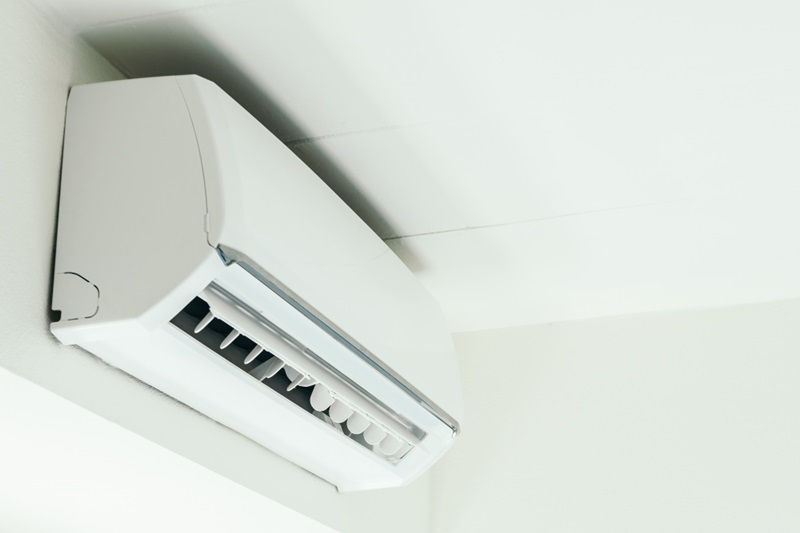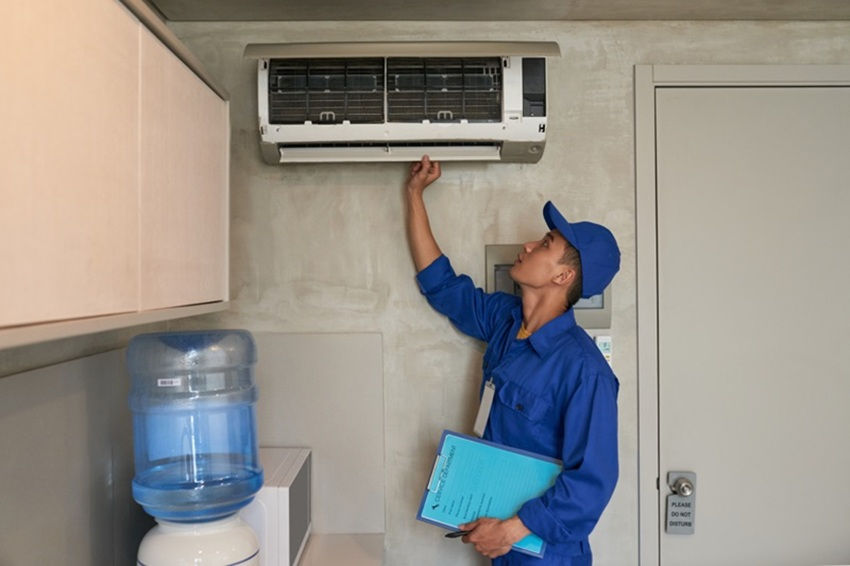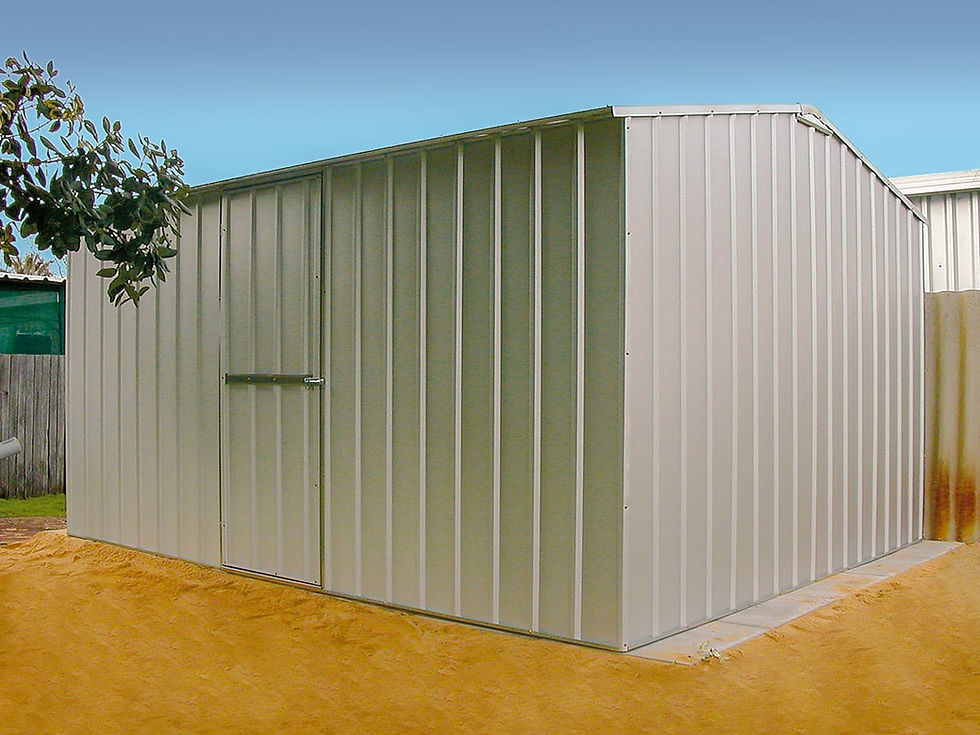Air Conditioning Maintenance Tips for Australian Summers
- David Fenton
- Aug 11, 2025
- 5 min read
Updated: Nov 13, 2025
Australian summers can be brutal, and when temperatures soar past 35°C, your air conditioner becomes your best mate—but without proper maintenance, even the best unit can fail when you need it most. To keep cool and avoid sky-high energy bills, it’s vital to understand how your system works and how to care for it. This guide covers essential summer AC maintenance, from cleaning filters and setting the perfect temperature to boosting energy efficiency and spotting issues before they become costly repairs. You’ll also discover when to call in the pros and how to plan for long-term performance, ensuring your air conditioner runs smoothly and keeps you comfortable all season long.
How Your AC Works in Summer?
Australian summers can be brutal, and when temperatures soar past 35°C, your air conditioner becomes your best mate—but without proper maintenance, even the best unit can fail when you need it most. To keep cool and avoid sky-high energy bills, it’s vital to understand how your system works and how to care for it. This guide covers essential summer AC maintenance, from cleaning filters and setting the perfect temperature to boosting energy efficiency and spotting issues before they become costly repairs. You’ll also discover when to call in the pros and how to plan for long-term performance, ensuring your air conditioner runs smoothly and keeps you comfortable all season long.

Pre-Summer Maintenance Checklist
Getting your air conditioning ready before summer hits is like preparing for a marathon – you wouldn't start running without warming up first, right? Regular AC maintenance in spring sets you up for smooth sailing when the heat arrives. Start by scheduling a professional service at least a month before you expect to need cooling.
Your pre-summer checklist should include several key tasks:
Check and clean or replace air filters
Test the thermostat for accurate temperature readings
Clear debris from around the outdoor unit
Inspect and clean condensate drain lines
Check refrigerant levels (professional task)
Test system operation in cooling mode
Tighten electrical connections
Lubricate moving parts if needed
Best AC Temperature Settings
The ideal summer air conditioner temperature in Australia is typically between 24°C and 26°C, offering comfortable cooling without driving up electricity costs, and with each degree you raise the thermostat potentially saving up to 10% on cooling bills, it’s worth noting that while 22°C may feel refreshing, setting it to 25°C can mean significant savings; during the day when you’re out, consider raising it to around 28°C and programming it to cool down before you return, keeping in mind that the perfect setting can vary with humidity—humid coastal areas like Queensland may require slightly lower temps for comfort, whereas drier regions can often tolerate higher settings, and pairing your AC with ceiling fans helps circulate cool air so you feel comfortable even at warmer thermostat settings.
Filter Cleaning & Replacement Tips
Your AC filter is like the lungs of your cooling system – when it's clogged, everything suffers. During summer, when your AC runs constantly, filters get dirty much faster than in milder seasons. A dirty filter forces your system to work harder, increasing energy consumption and potentially leading to breakdowns.
Most filters need cleaning or replacing every 1-3 months during heavy use. Here's how to handle different filter types:
Disposable filters: Simply replace them when dirty
Washable filters: Rinse with water, let dry completely before reinstalling
Electrostatic filters: Clean monthly with water and mild detergent
HEPA filters: Follow manufacturer guidelines, usually replacement only

Maximising Energy Efficiency
Want to know the secret to running the most energy-efficient air conditioner? It's all about working smarter, not harder. Start by ensuring your home is properly sealed – check for gaps around windows and doors where cool air might escape. Even small drafts can force your AC to run continuously, wasting energy and money.
Programmable thermostats are game changers for efficiency. Set different temperatures for different times of day – warmer when you're out, cooler when you're home. Smart thermostats take this further by learning your habits and adjusting automatically. Some can even detect when you're approaching home and start cooling in advance.
Other efficiency boosters include:
Using curtains or blinds to block direct sunlight
Running ceiling fans to improve air circulation
Avoiding heat-generating activities during peak hours
Keeping internal doors open for better airflow
Regular professional maintenance checks
Upgrading to a more efficient unit if yours is over 10 years old
Caring for the Outdoor Unit
Your outdoor AC unit works hard in the blazing summer sun, so keeping it in top shape is essential for maintaining your cooling system’s performance; ensure at least 60cm clearance on all sides for proper airflow, regularly clean it by turning off the power at the breaker, gently hosing away dust and debris, and using a soft brush on the fins—straightening any bent ones with a fin comb if needed—while also checking for damage, rust, or wear that may require professional attention; consider adding shade with an awning or shade cloth to reduce its workload, but avoid overhanging branches that can drop leaves, and after storms, make sure the unit remains level and secure, as even slight tilting can impact efficiency and cause premature wear.
Indoor Airflow & Moisture Control
Good airflow is the backbone of effective cooling. When air can't circulate properly, you get hot spots, increased humidity, and an overworked AC system. Start by checking all vents – they should be fully open and free from obstructions. That means no furniture blocking returns and no curtains hanging over supply vents.
Moisture control goes hand-in-hand with cooling in Australian summers. Your AC naturally dehumidifies as it cools, but excessive moisture can overwhelm the system. Signs of moisture problems include:
Condensation on windows
Musty odours
Visible mould growth
Clammy feeling even when cool

Common AC Issues in Summer
If your summer AC isn’t cooling well, common causes include dirty filters, low refrigerant, or blocked coils. Short cycling (frequent on/off) may stem from thermostat faults, refrigerant leaks, or an oversized unit, while ice on the indoor unit signals airflow or refrigerant issues. Strange noises—rattling, squealing, or grinding—often point to loose parts, belt problems, or motor faults, and water leaks usually mean a blocked drain. Knowing these signs helps you decide if it’s a DIY fix or time to call a pro
When to Call a Technician?
Whilst some AC maintenance tasks are perfect for DIY, others require professional expertise. Knowing the difference saves time, money, and potentially dangerous situations. Call a technician immediately if you smell gas or burning odours, see sparks, or notice electrical issues like tripped breakers.
Professional help is also needed for:
Refrigerant leaks or recharging
Compressor or motor replacements
Electrical component repairs
Ductwork modifications
Annual comprehensive servicing
Warranty-covered repairs

Conclusion
Keeping your air conditioning running smoothly through scorching Australian summers doesn't have to be complicated. We've covered the essentials – from understanding how your AC battles the heat to mastering those perfect temperature settings between 24°C and 26°C. Regular filter maintenance, proper airflow management, and caring for your outdoor unit form the foundation of a reliable cooling system.
The key takeaway? Prevention beats cure every time. By following these maintenance tips and staying on top of small issues, you'll avoid those dreaded breakdowns on 40-degree days. Your AC will run more efficiently, last longer, and keep those energy bills under control. Remember, whilst many tasks are simple DIY jobs, don't hesitate to call in professionals for complex issues or annual servicing.








Comments